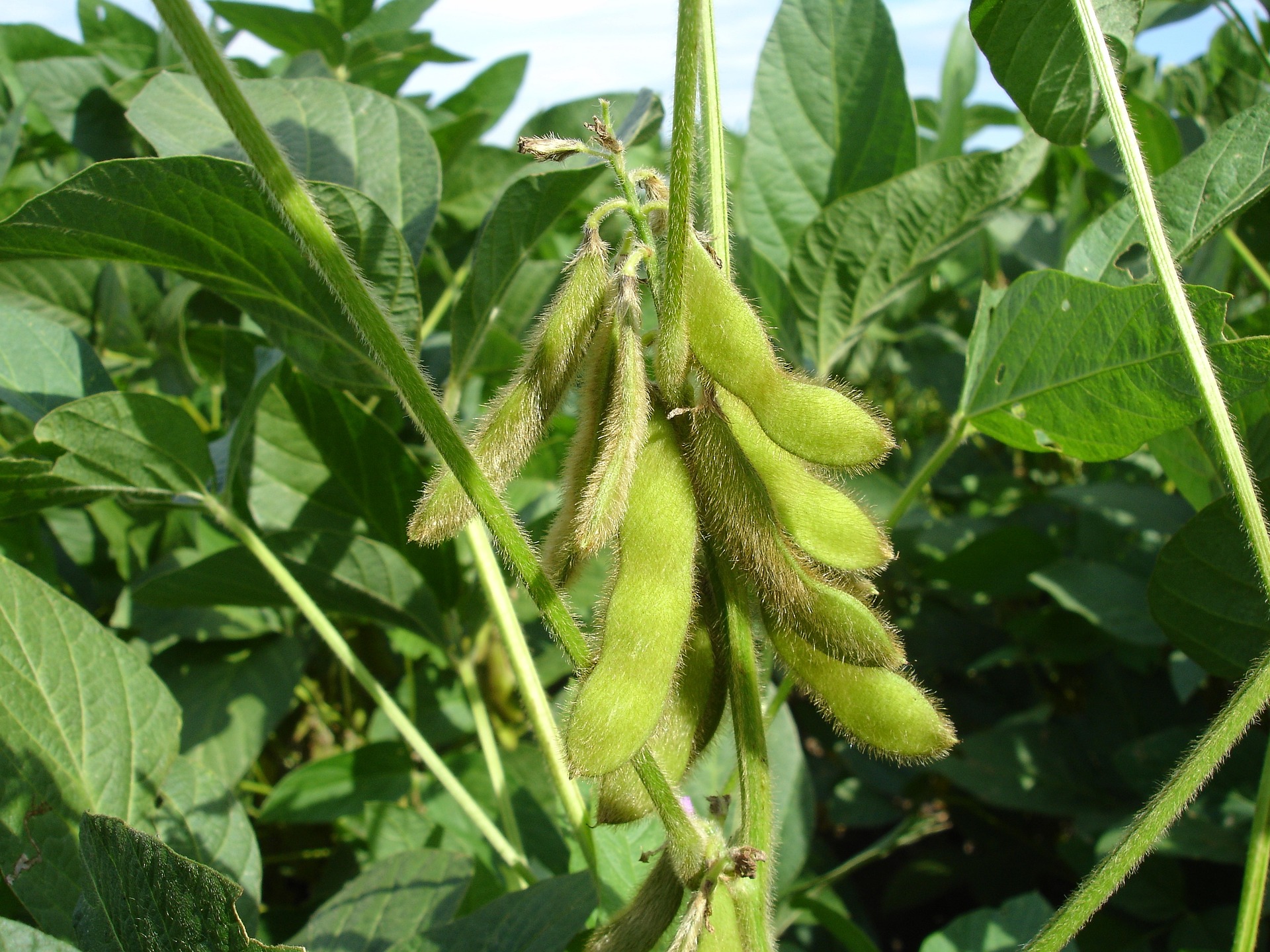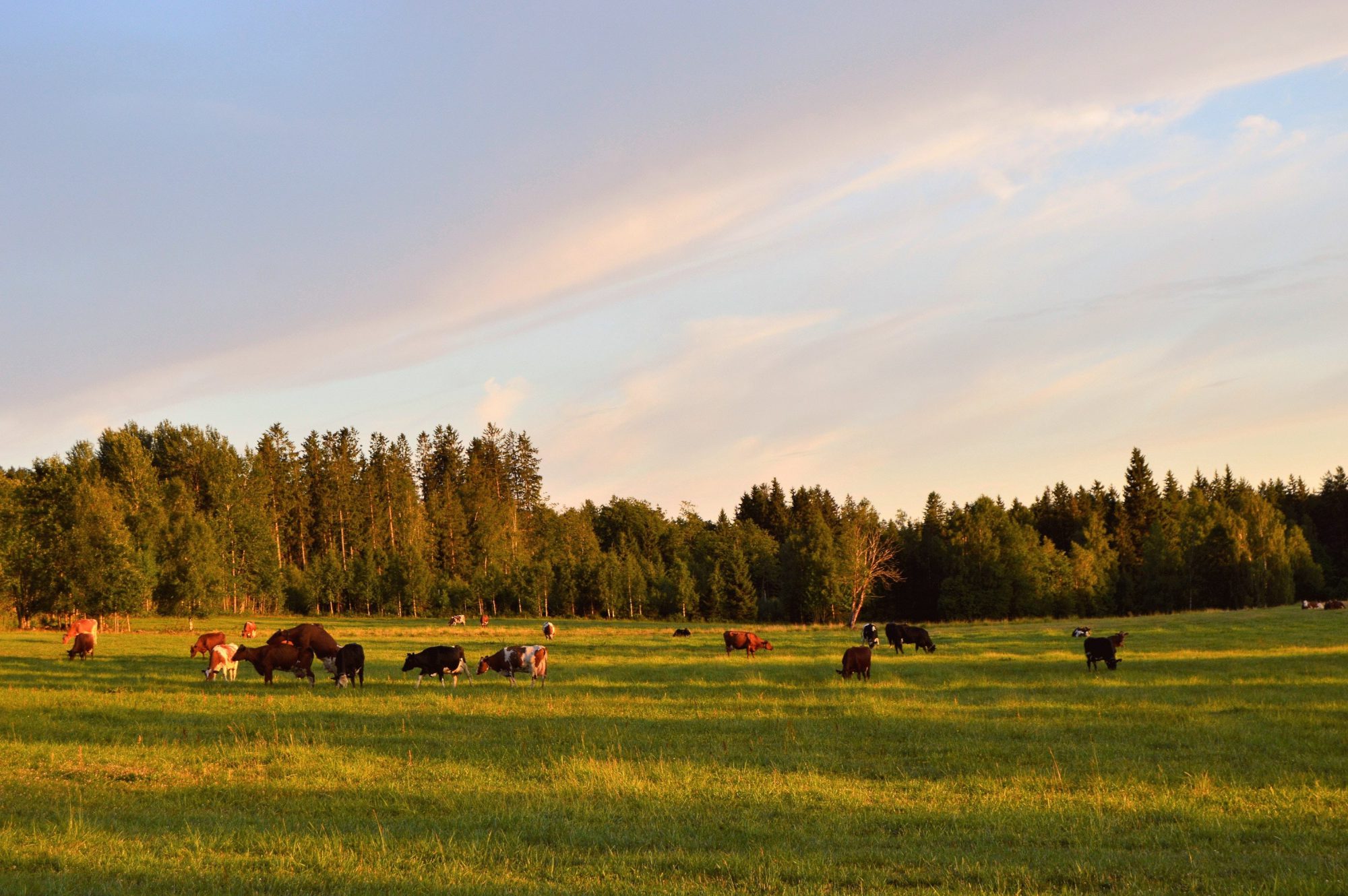When it comes to climate change associated with agriculture and food production, much of the focus has been on methane, carbon dioxide and a race for sequestration.
These are undoubtedly important, but when it comes to driving swift, measurable changes to emissions, there’s evidence to say that nitrogen should take centre stage in sustainable food production systems.
With the right mechanisms in place, there could be business opportunities available to farmers and growers who actively use nitrogen in a more targeted way.
Agricultural production’s biggest liability?
In recent history, the flexible use of manufactured nitrogen has allowed us to meet the world’s demand for food, but that in turn has created significant environmental problems.
While application rates have generally reduced over the past 20 years – in some part due to legislation – as an industry we have become accustomed to applying almost ‘insurance levels’ of nitrogen; using standard applications based on best-case scenario yield predictions to determine what a crop might actually need.
This has led to over-application and sub-optimal use organic nitrogen, which has resulted in water quality problems, air quality and biodiversity impacts resulting from ammonia emissions, and nitrous oxide contribution to greenhouse gas (GHG) emissions. For this reason, it’s fair to say that nitrogen is arable production’s biggest liability.
In the context of arable production, nitrous oxide occupies the largest share of greenhouse gas emissions (generally 70 – 80% per unit of production), so by tackling nitrogen we can lower the emissions impact, as well as tackling the environmental impacts on water and air quality, biodiversity and nitrogen deposition, which disrupts sensitive habitats.
And there are business benefits to be gained from lowering nitrogen use too: While the focus has been on the financial opportunities of carbon sequestration, perhaps we are missing opportunities for generating significant emissions reductions through better nitrogen use.
Making better use of nitrogen
At Map of Ag, we’ve been working with EFFP and Kellogg’s origins growers to measure nitrogen use efficiency (NUE) and assess GHG emissions reductions through more targeted use of nitrogen.
The Nutrient Management Guide (RB209) might state you can apply 200-220kg of N/ha to achieve a 10t/ha wheat crop, but in reality that might not be necessary, as it does not take into account the soil dynamics on an individual farm.
As part of a project with Kellogg’s Origins programme, we have been using sensors to monitor nitrogen use across a group of Origins farmers, and we discovered application could be cut by as much as 25% while achieving the same crop yield.
Reductions of that size don’t just have significant impacts on nitrous oxide emissions on farm — there are reductions upstream too, as manufacturing nitrogen fertilisers can account for 25-50% of the overall emissions.
Using data to connect the dots across the supply chain this way, from manufacturers and growers to retailers and consumers, is key to creating transparency in agriculture, and is what will help the industry showcase its sustainability efforts. It’s one of many reasons Map of Ag is committed to partnering with players across the supply chain to help drive meaningful change.
Better for business
Of course, reducing nitrogen fertiliser application on farm is cost-effective, but there are also wider business implications.
People talk about carbon markets and the financial opportunities they offer in terms of sequestration, but it is a slow process and the results are highly uncertain. Building soil organic matter is incredibly important for agronomic reasons, as it helps increase nitrogen use efficiency, water retention and general resilience in the system.
Improving NUE delivers a quantifiable reduction within the growing season and those changes can be clearly identified and measured using sensors and monitors.
With that in mind, the clear question is: Should we be developing a nitrogen market as an additional incentive for farmers to adopt practices which reduce emissions?
With incentives in place — either through the market or through government support — nitrogen sensors could quickly become the norm, accelerating the progress of emissions reductions, and creating positive stories which can be told throughout the supply chain.
Given so many food production companies and retailers have pledged to become net zero emitters of GHGs, it is initiatives like this that have the potential to drive real changes in our agricultural systems.
And who knows: within a relatively short time, nitrogen use could go from being arable farming’s biggest liability, to one of the sector’s biggest environmental and business success stories.


